OK, so it did take me several days to come up with a good title for this blog post. I wanted it to rhyme, but I always came up with lame titles such as “We were here… in Trier”, “No beer… in Trier”, “No fear… in Trier” and even “Wir liebten das hier… in Trier”. All rubbish of course. The current title isn’t that much better, but it does at least cover the load: it is a fact that everywhere you look in Trier there is always some bit of history to be seen. The most obvious buildings are the Roman ones, but there’s much more to be discovered…
I can’t say we saw all the highlights of this city, which has a lot to offer to travelers and history-seekers, but nevertheless I’ll add a map below showing our itinerary. “Our trip mapped out”, so to say…
But first of all: some history. Trier is one of the oldest cities in Germany. It was a Roman colony since the first century AD. In the 3rd century, it was known as “Second Rome”, because it was one of the capitals of the “tetrarchy”. Under emperor Diocletian, the Roman Empire had four capitals and four rulers. This short period marked the recovery of the Roman empire. Trier, or Augusta treverorum, was one of the tetrarchic capitals in that time, situated close to the strategic Rhine border. Trier became an important economical centre as well, and it was one of the largest cities in the Roman Empire. No wonder this city has the highest concentration of Roman buildings north of the Alps. It was emperor Constantine The Great who has been responsible for most of the Roman architecture here.
We visited Trier in July. It was one of those reasonably good days in a very rainy week, so a perfect moment to go city-tripping! We parked our car in one of the many underground parking lots which are expensive, but nevertheless very practical.
1. We started our visit at the Hauptmarkt, a centrally located marketplace which also has the best lunch-options in town. Because we arrived there around noontime, we first went for lunch. The outside terraces were already full, so we moved inside. We ate at the “Steipe”, which serves typical German food. The building itself has a beautiful facade and also houses a toy museum (which we didn’t visit). You might want to check out the “Zum Domstein” restaurant on the same square, which serves original Roman dishes in a “Roman” setting.
Next to the “Steipe” is the “Rotes Haus” (red house: house of the bakers’ guild). They are not the only beautiful buildings on this square: many date back to medieval and renaissance times and are ornamented with sculpture.
The Market Cross commemorates the market being relocated after a viking attack in the 9th century.
The16th-century market fountain (Peterbrunnen) is dedicated to the city’s patron saint, St.-Peter.
At the Hauptmarkt, you can also find the 18th-century baroque entrance to the 15th-century, Gothic St.-Gangolf church.
Edit on 26/8: a fun fact about this church was just tweeted to us by @historytoby: “The citizen of Trier funded that church in your pic to be higher than the Cathedral, mainly to annoy the Archbishop”.
2. From the Hauptmarkt, we took the Simeonstraβe to go to the Porta Nigra, undoubtedly the most iconic of all Trier’s monuments. Originally a 2nd-century Roman city gate, it was transformed into a double church in the 11th century. The outside view is a bit spoiled by a busy road.
3. We then went back to the Hauptmarkt and through the Sternstraβe we arrived at the Dom and Liebfrauenbasilika. The Dom (cathedral) is one of the oldest churches in the world. Partly Romanesque, partly Gothic, partly Baroque, the building unites major examples of architecture and sculpture from a range of periods. We went inside and could clearly distinguish these different influences. In front of the cathedral, a man was making huge soap bubbles. Febe loved it!
4. The Liebfrauenbasilika (Church of Our Lady) lies just next to the Dom. It’s one of Germany’s earliest Gothic Churches. I personally liked the sculptures of the facade, who each seemed to tell their own story.
5. Following the Liebfrauenstraβe southward, we arrived at the oddly-shaped Konstantin Basilika (originally: Aula Palatina). This gigantic red brick structure is currently a Protestant church. Originally built in the 4th century AD, it was the throne hall of Emperor Constantine, the seat of Roman’s power in Trier. It has the largest interior of any known classical building. It’s impressive, but also very sober… A bit dull, I would say.
6. We followed the Weberbach and Seizstraβe to arrive at the Palastgarten (former Palace Garden), a classical garden with lawns, flower borders, statues and a fountain. A perfect place to relax. The view on the Basilika is blocked by the rococo Kurfürstliches Palais.
7. We crossed the southern lawn of the Palastgarten and I walked around the Kaiserthermen, a thermal bathing complex built under Emperor Constantine. This could be Rome: it reminded me of the Forum Romanum. Again, we didn’t enter the complex, but I could get quite a nice view from my stroll around.
8. The kids were getting tired and thirsty, so we went westward to the Viehmarktplatz for a drink on one of the terraces. From there, we took the Antoniusstraβe to the Brückenstraβe, which we followed northwards again to our parking lot. We passed the Karl Marx Haus, the birthplace of Karl Marx (Brückenstraβe 10). We didn’t enter, but it was just a nice surprise at the end of our walk.
9. We passed by the Römerbrücke over the Moselle River, which isn’t that special if you ask me. Only part of the construction is originally from Roman times…
We did not go to the Amphitheater, which was a bit away from our track. Nevertheless, this was an overdose of Roman architecture, and I loved it! Next to Rome, this is the only city that really has taken me back to Roman times… A must-visit in Germany!
– M –

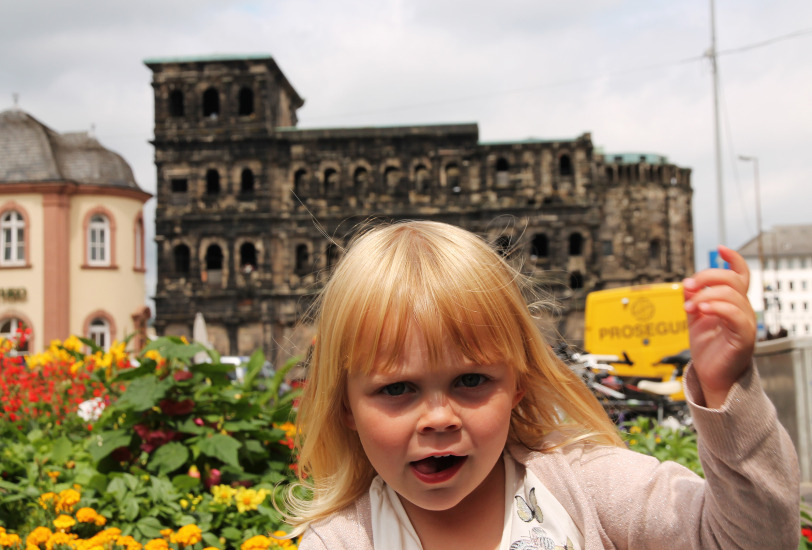

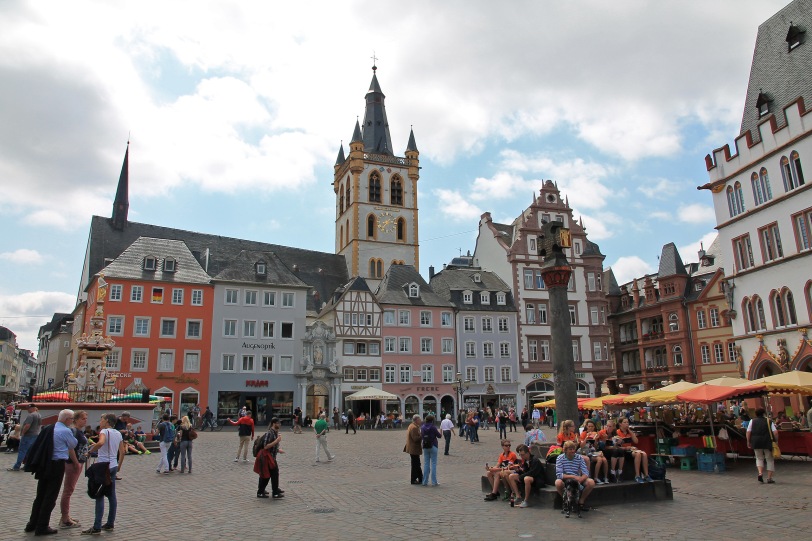

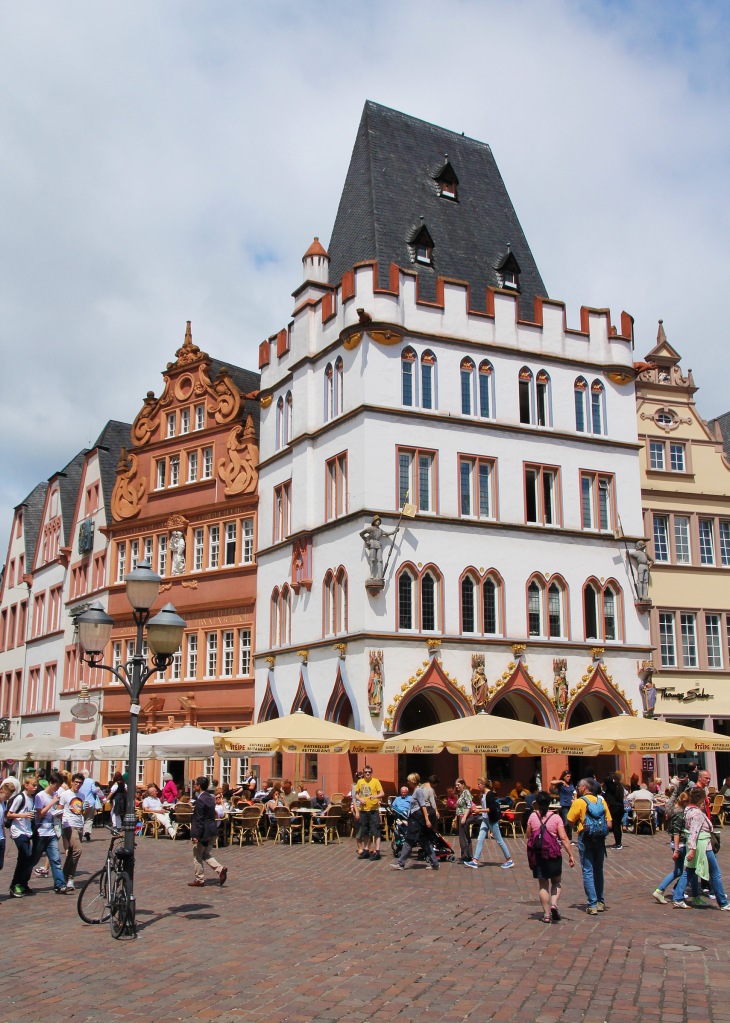
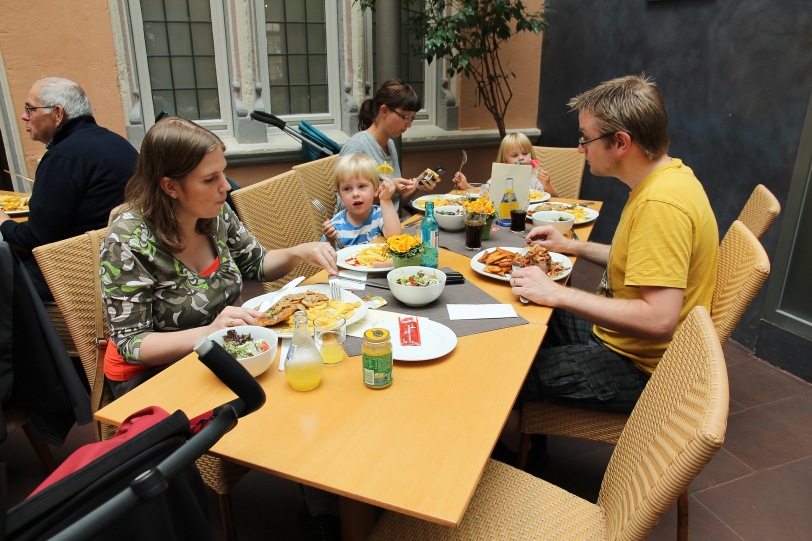


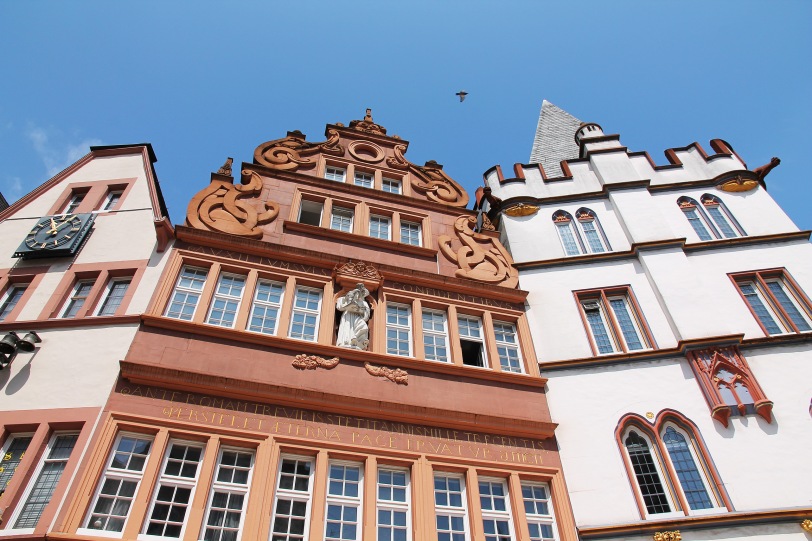

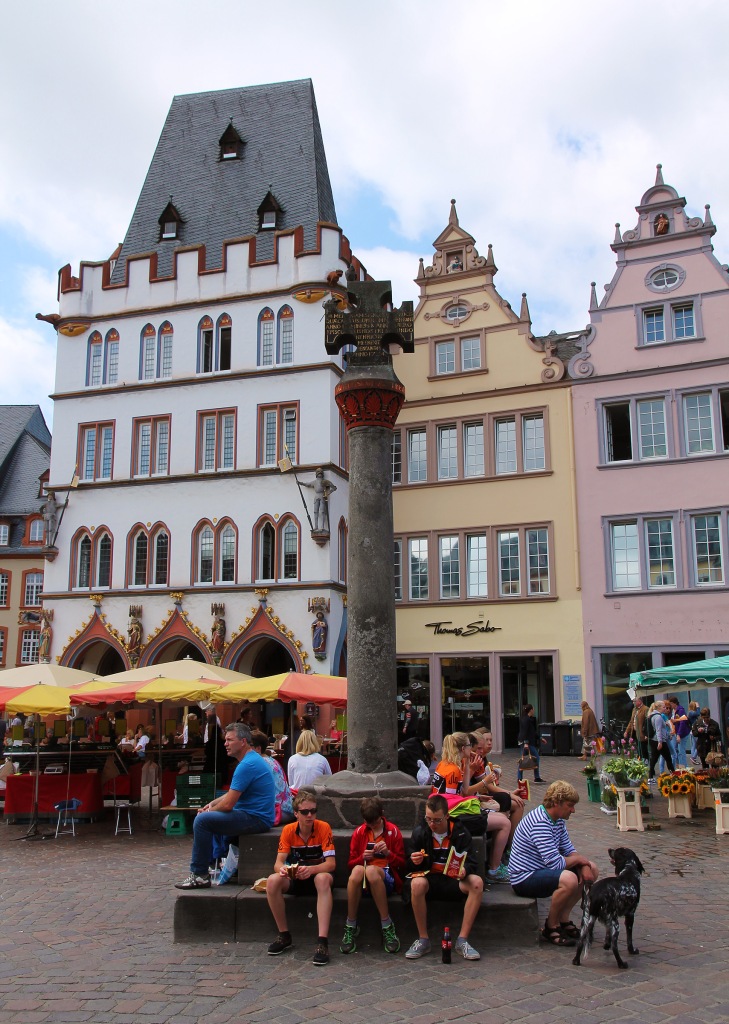



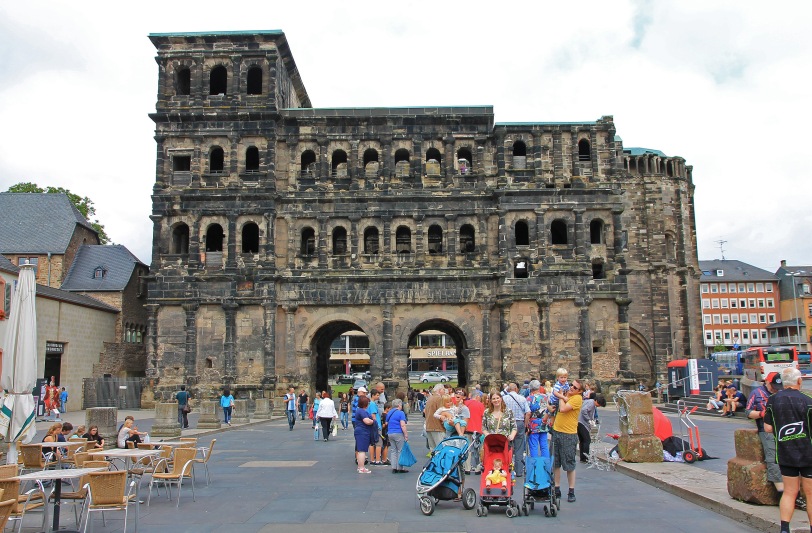




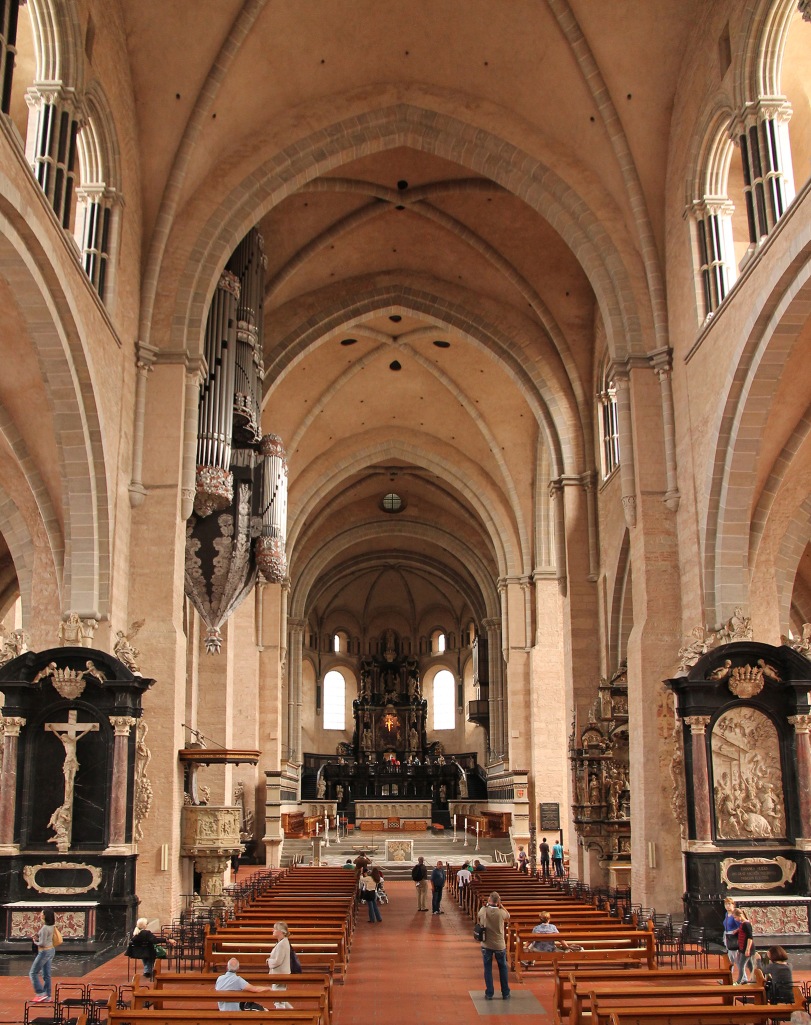
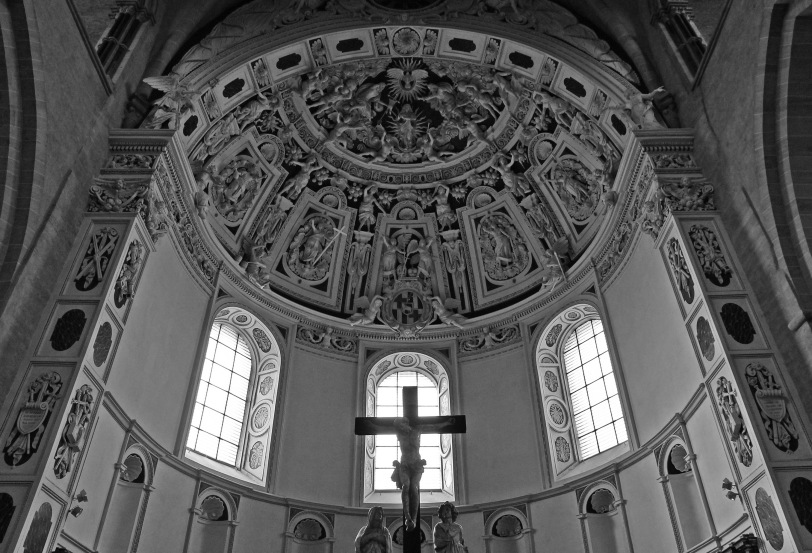





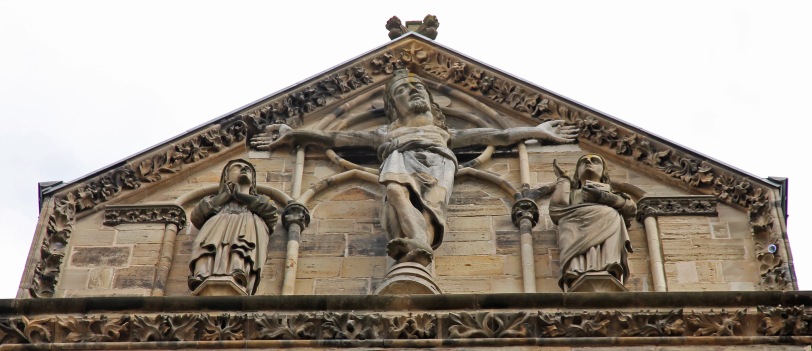



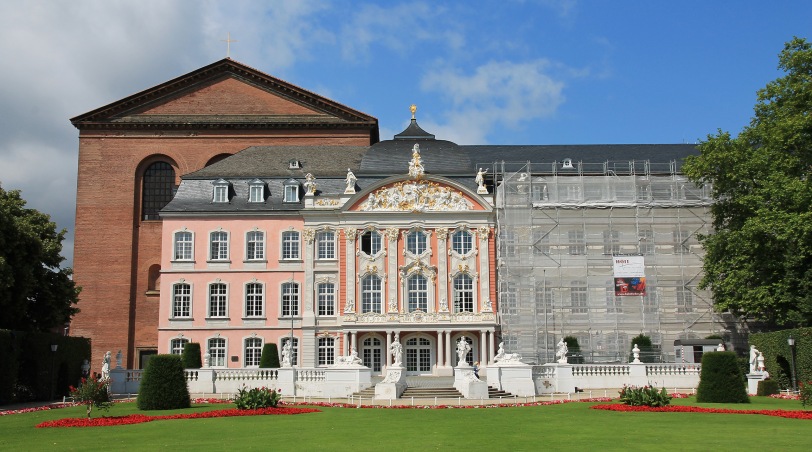
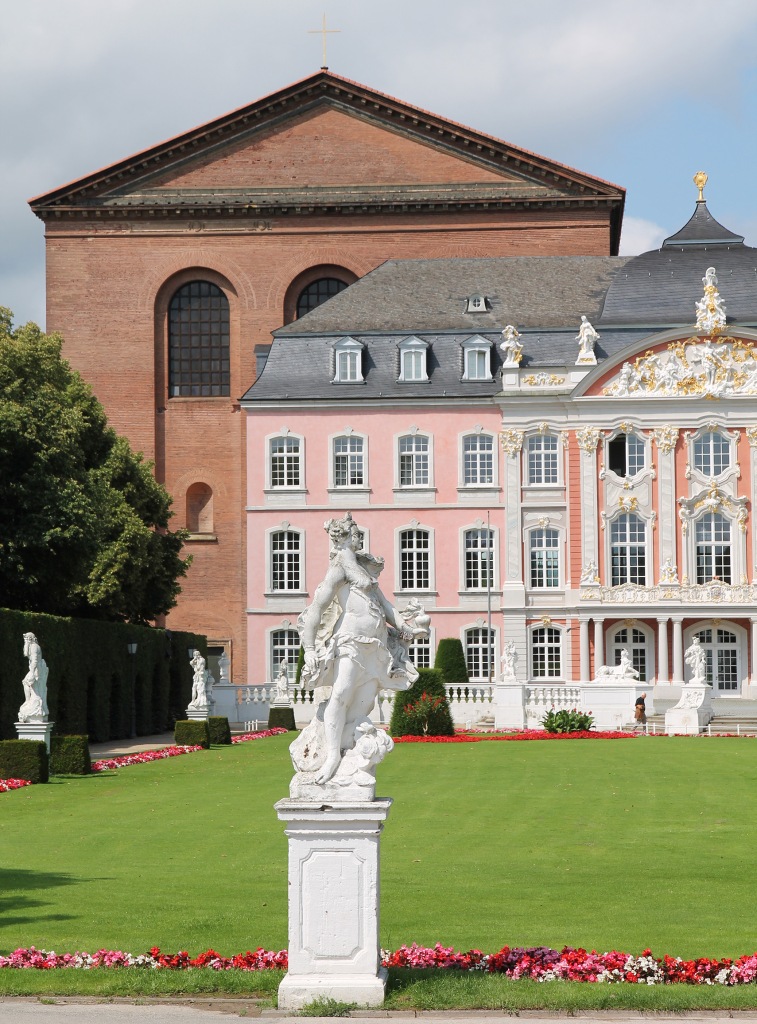




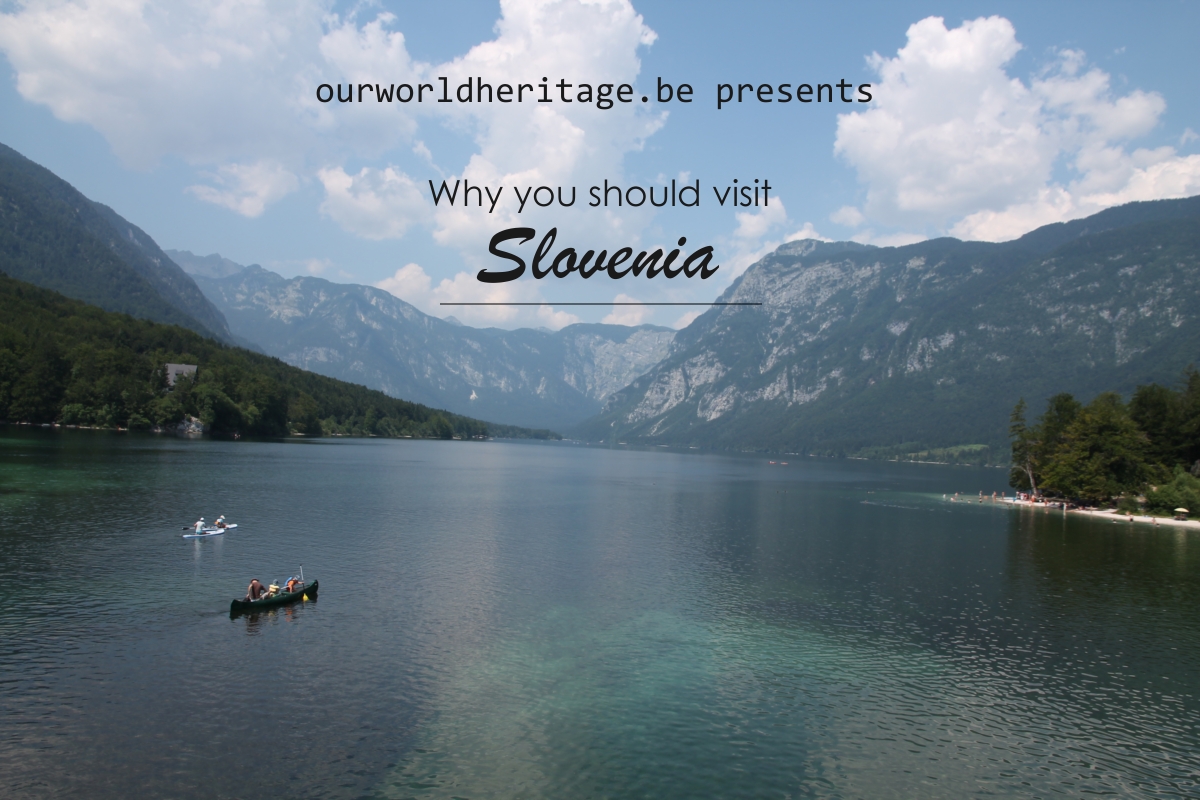


hey there and thank you for your info – I’ve definitely picked up anything new from right here. I did however expertise several technical points using this website, as I experienced to reload the site a lot of times previous to I could get it to load properly. I had been wondering if your hosting is OK? Not that I am complaining, but slow loading instances times will very frequently affect your placement in google and can damage your high quality score if advertising and marketing with Adwords. Well I am adding this RSS to my email and could look out for much more of your respective fascinating content. Make sure you update this again very soon.|
Quality articles or reviews is the secret to be a focus for the viewers to visit the web site, that’s what this website is providing.|
Thanks for one’s marvelous posting! I actually enjoyed reading it, you will be a great author. I will make certain to bookmark your blog and definitely will come back later in life. I want to encourage you to ultimately continue your great writing, have a nice day!|